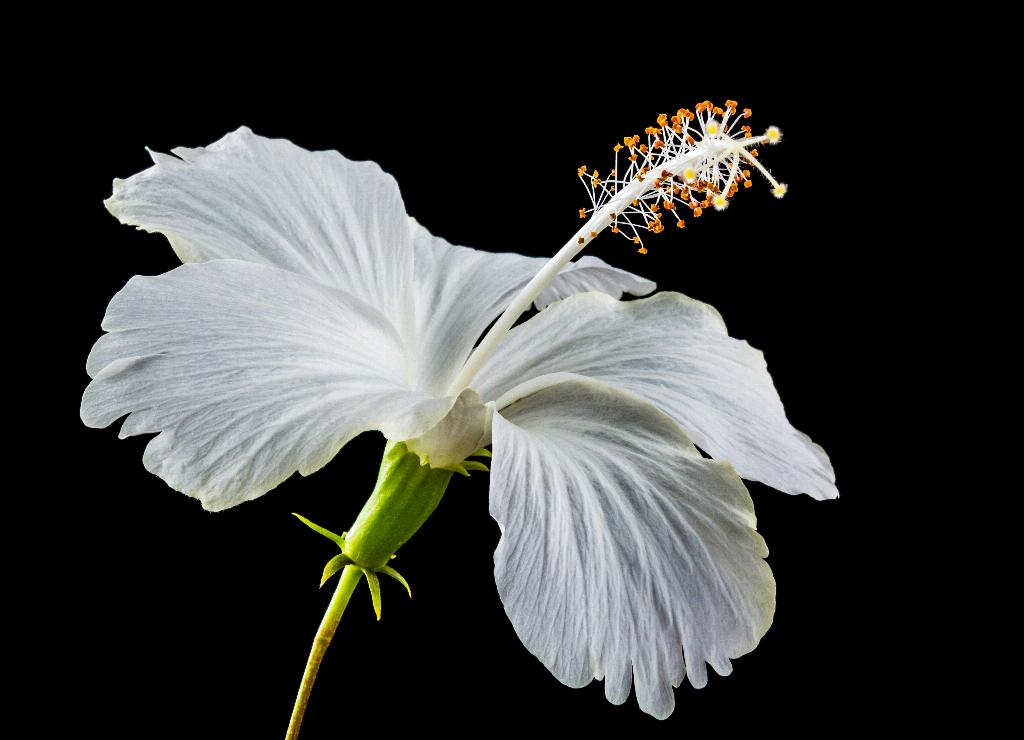When it comes to the question of whether Hibiscus is a perennial plant, the answer may not be as straightforward as one might think. Hibiscus plants are indeed classified as perennials, but there are some important factors to consider when it comes to their growth patterns and longevity.
One key characteristic of Hibiscus that sets it apart from other perennials is its timing of emergence in the spring. It is worth noting that Hibiscus is often one of the last perennials to emerge from dormancy, which can sometimes lead to concerns about whether the plant has survived the winter.
Despite this late start, Hibiscus is known for its vigorous growth rate once it does begin to actively grow. This rapid growth helps the plant catch up quickly and more than makes up for its delayed emergence in the spring.
It is essential for gardeners to be patient with their Hibiscus plants, even if they appear to be slow to start. The plant’s growth trajectory typically follows a pattern where it starts slowly but then accelerates, producing lush foliage and vibrant flowers.
One downside to growing Hibiscus as a perennial is its attractiveness to pests, such as Japanese beetles. These insects are particularly fond of Hibiscus plants and can cause damage if not properly managed.
For those looking to care for perennial Hibiscus plants, there are several key tips to keep in mind. Providing adequate water, sunlight, and nutrients is crucial for promoting healthy growth and blooming.
Pruning Hibiscus plants can also help encourage new growth and improve overall plant health. Removing dead or diseased branches can prevent the spread of diseases and promote better air circulation within the plant.
Additionally, fertilizing Hibiscus plants regularly with a balanced fertilizer can provide essential nutrients for robust growth and flowering. It is advisable to follow the recommended dosages on the fertilizer package to avoid overfeeding the plants.
During the winter months, it is essential to protect Hibiscus plants from harsh temperatures, especially in regions where frost and freezing are common. Applying a layer of mulch around the base of the plant can help insulate the roots and protect them from cold damage.
In conclusion, while Hibiscus is classified as a perennial plant, its growth patterns and care requirements set it apart from other traditional perennials. Understanding the plant’s unique characteristics and following proper care guidelines can help gardeners successfully cultivate beautiful and thriving Hibiscus plants in their gardens.

